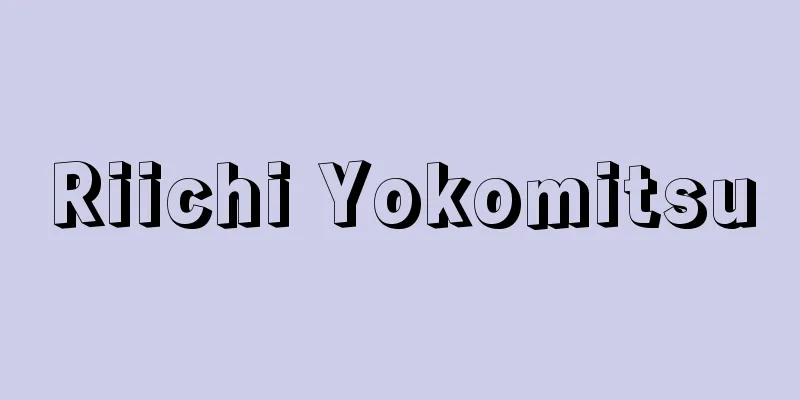Oumejima - Oumejima

|
Cotton fabric produced near Ome City, Tokyo. As early as the Kyoho era (1716-1736), they imitated Ueda stripes and produced striped tsumugi by creating a silk-cotton mixed weave using silk for the warp and cotton for the weft, but from the late Edo period onwards, they switched to cotton fabrics using cotton for both the warp and weft, producing Ome stripes with wood in them, and became known as a producer of bedding and kimono fabrics. After the Meiji period, they produced a thriving range of stripes including twin stripes and Kyoto lattice stripes, and were well-known along with Ome cotton (filled cotton), but their production declined after World War II as bedding became more westernized. [Kadoyama Yukihiro] Source: Shogakukan Encyclopedia Nipponica About Encyclopedia Nipponica Information | Legend |
|
東京都青梅市付近で生産される綿織物。古くは享保(きょうほう)年間(1716~36)に、上田縞をまねて経(たて)糸に絹、緯(よこ)糸に木綿を使用する絹綿交織をつくりだし、縞紬(つむぎ)を生産したが、江戸後期からは経緯ともに綿糸を使用した綿織物とかわり、木入青梅縞とし夜具地、着尺地の生産地として知られた。明治以後には双子(ふたこ)縞、京桟(けいさん)縞などが盛んに生産され青梅綿(わた)(入れ綿)とともに名をはせたが、第二次世界大戦後は寝具の洋風化とともに衰退した。 [角山幸洋] 出典 小学館 日本大百科全書(ニッポニカ)日本大百科全書(ニッポニカ)について 情報 | 凡例 |
Recommend
WDHA syndrome
The main symptoms of this disease are watery diarr...
Diwali (English spelling)
A Hindu festival. It means "row of lamps.&quo...
Lethrinidae
...They are served as sashimi, grilled with salt,...
Stem tea - Kukicha
<br /> A type of green tea. The stems and pe...
Tangshan
A prefecture-level city in the northeastern part ...
Electricity-generating organ
An organ whose effector function is to discharge ...
Lawsonite (English spelling)
Also called lawsonite. Its chemical composition is...
Functional uterine bleeding
…The prolongation of menstrual cycles is often du...
(R)I P'il‐che
1825‐71 A leader of a peasant revolt in the late Y...
Properdin
…However, it has been discovered that some bacter...
Pteridospermopsida
…the extinct class of gymnosperms, Pteridospermop...
hyphen
...The marks used to indicate the break between p...
Nakaumi
A lagoon (→lagoon) surrounded by the Shimane Penin...
Pura (English spelling)
A Sanskrit word meaning city. In Hindi, it is call...
Tojiro Hirano
Year of death: June 10, 1638 (July 21, 1638) Year ...









